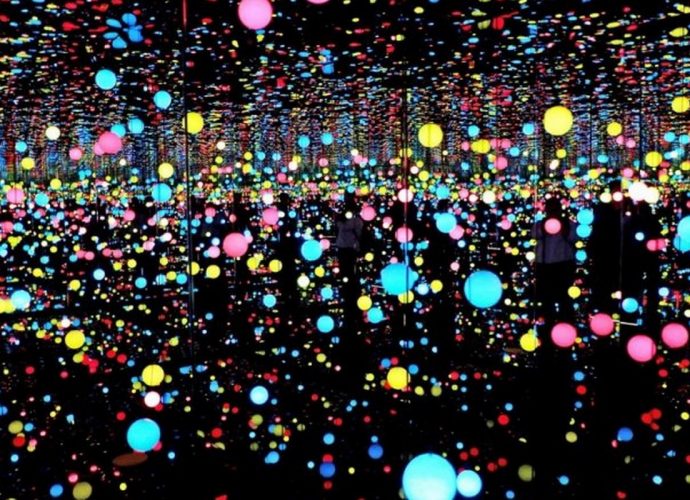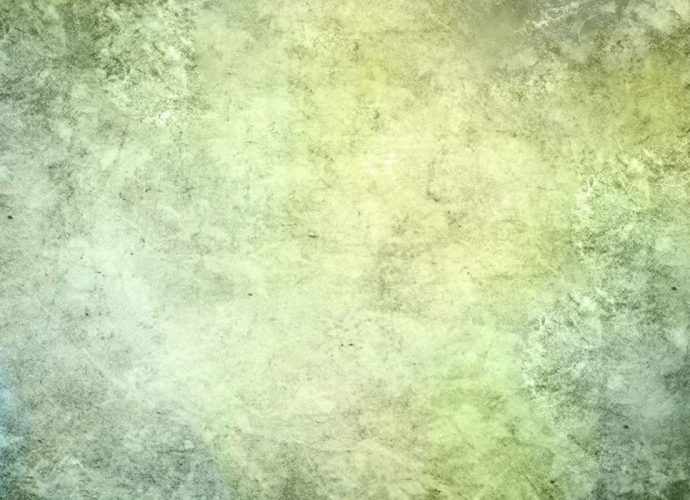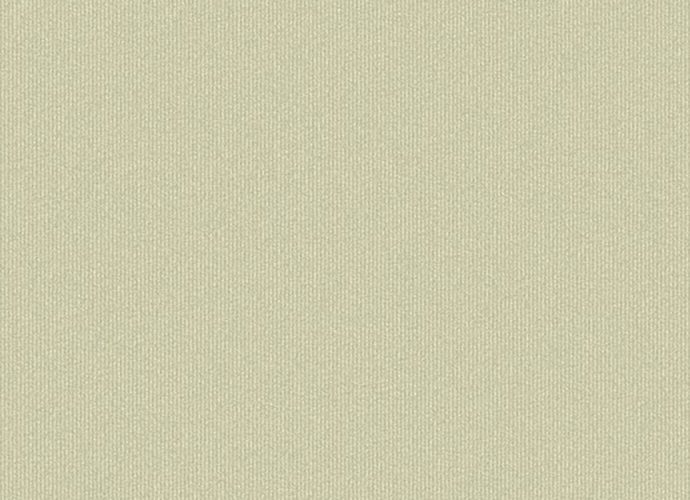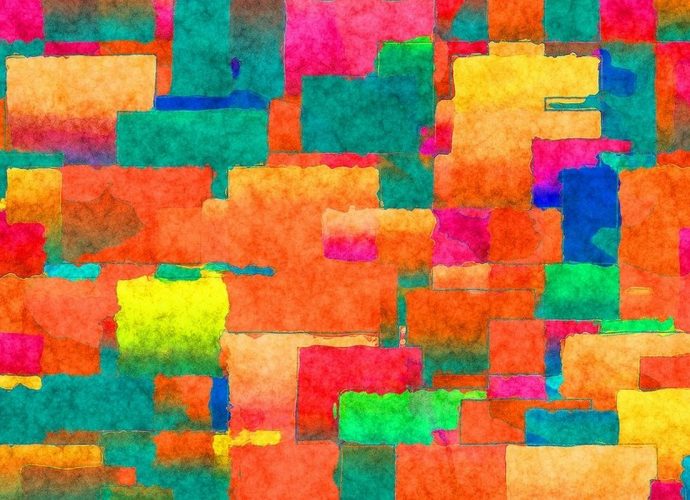Can I Add Color To Beeswax?
Beeswax candles can easily be dyed with crayons. Any type of crayon you can find at a supermarket, department store, or craft store should be fine. The color of the crayon will be the color of your wax, so choose the colors you want. You can also add two differentRead More →





